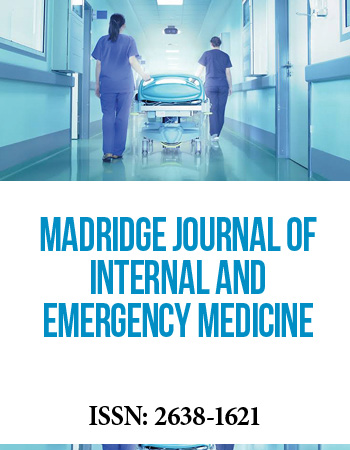International Translational and Regenerative Medicine Conference
April 25-27, 2018 | Rome, Italy
Developing Patient-Specific Direct Neuronal Reprogramming for Modeling Neurodegenerative Disorders
1Department of Experimental Medical Science, Wallenberg Neuroscience Center, Division of Neurobiology and Lund Stem Cell Center, Lund University, Sweden
2John van Geest Centre for Brain Repair & Department of Neurology, Department of Clinical Neurosciences, University of Cambridge, UK
3Department of Experimental Medical Science, Lund University, Sweden
4Karolinska Institute, Department of NVS, Center for Alzheimer Research, Division for Neurogeriatrics, Sweden
5Karolinska University Hospital, Dept of Geriatric Medicine, Sweden
6Clinical Memory Research Unit, Department of Clinical Sciences Malmo, Lund University, Sweden
Direct conversion of adult human fibroblasts into mature and functional neurons, termed induced neurons (iNs) was achieved for the first time five years ago. This technology offers a shortcut for obtaining patient and disease specific neurons for disease modeling, drug screening and other biomedical applications. Despite their great promise, reprogramming roadblocks have prevented the generation of iNs at a sufficiently high yield from adult dermal fibroblasts, which has significantly limited the adoption of this technology. To overcome this, we have developed a new highly efficient dual promoter-based vector system that results in efficient co-delivery of the two reprogramming factors Brn2a and Ascl1 in combination with either neuron specific microRNAs or the inhibition of the RE1-silencing transcription factor (REST). Global gene expression analysis showed that while both strategies resulted in induction of a neuronal program and similar level of neural conversion, the inhibition of REST induces the expression of additional genes that are related to neuronal identity and function. Based in this, we developed an optimized one-step method to efficiently reprogram dermal fibroblasts from elderly individuals using a single vector system and demonstrate that it is possible to obtain iNs of high yield and purity from aged individuals, including Parkinsonʼs disease patients. We are now evaluating the conversion capability of these skin fibroblasts and our preliminary results suggest that iN cells from sporadic PD patients reprogram in a similar fashion as that of healthy individuals and could thus serve as a tool to model intracellular pathological features associated with PD.
Biography:
Dr. Drouin-Ouellet has obtained her Ph.D. in Neurobiology at Laval University (Quebec City, Canada) in 2012. She is currently working at Lund University (Lund, Sweden) where she has developed a simple and efficient method for direct neuronal conversion of adult human dermal fibroblasts from patients with neurodegenerative diseases. She is now conducting research aiming at further advancing the direct neuronal reprogramming technology to provide patient specific based systems that faithfully recapitulate disease-associated phenotypes of neurodegenerative disorders in vitro.


